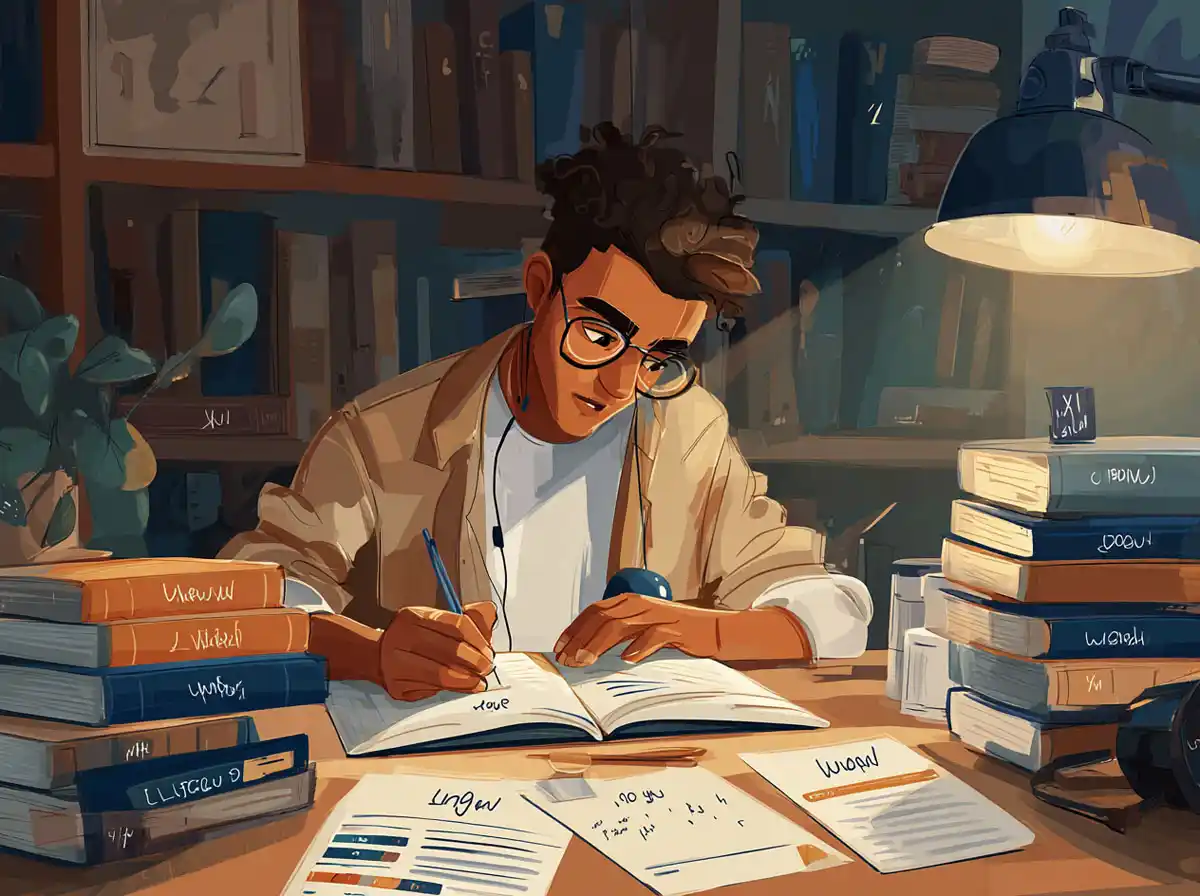What Is the Galician Language?
Galician (Galego) is a Romance language closely related to Portuguese, spoken by about 2.4 million people in Galicia, an autonomous community in Spain. It shares deep historical roots with Portuguese, having evolved from the medieval Galician-Portuguese language. Despite being overshadowed by Spanish in Spain, Galician retains a strong cultural presence, particularly in literature, music, and daily communication.
Funny and Fascinating Facts About Galician Language
1. Galician and Portuguese: Long-Lost Linguistic Twins
Galician and Portuguese were once the same language, known as Galician-Portuguese, in the Middle Ages. Over time, political and cultural shifts caused them to diverge. This close kinship means that speakers of one language can often understand the other to some extent. Here’s a fun fact: some Galicians joke that Portuguese is just “Galician with a Portuguese accent,” highlighting the playful rivalry and affection between the two languages.
2. The Many Words for “Fog”
Like many languages spoken in regions with distinct climates, Galician has a rich vocabulary for natural phenomena. For example, there are several words to describe different kinds of fog or mist, reflecting the region’s often misty and rainy weather:
- Nevoeiro: The most common word for fog.
- Brétema: A lighter mist or haze.
- Fume: Literally “smoke,” but sometimes used poetically to describe fog.
This abundance of terms for fog has inspired jokes among Galicians about how much they love talking about their weather.
3. Galician Uses the Definite Article Before Proper Names
Unlike English and many other languages, Galician frequently uses definite articles (the equivalents of “the”) before proper names, especially personal names. For example, a person named María might be referred to as “a María” (the María). This linguistic feature can be amusing for non-native speakers, who might wonder why someone would say “the María” instead of just “María.” It adds a layer of familiarity or affection and is a charming quirk of the language.
4. The “Gheada” Pronunciation Phenomenon
One of the most distinctive and humorous features of Galician phonetics is the “gheada,” a pronunciation trait where the letter “g” (and sometimes “x” or “j”) is pronounced as a guttural sound, similar to the “ch” in the Scottish “loch.” This sound can be challenging to master for language learners and often leads to funny mispronunciations when foreigners attempt to speak Galician.
For example, the word “gato” (cat) might be pronounced more like “chato” with a throaty “ch” sound. This unique phonetic feature adds character and humor to the language, making it memorable for learners.
5. The Playful Use of Diminutives
Galician, like many Romance languages, uses diminutives extensively to express affection, smallness, or sometimes irony. The suffixes “-iño” (masculine) and “-iña” (feminine) are added to words to form diminutives. For example:
- Casa (house) becomes casiña (little house).
- Perro (dog) becomes perriño (little dog).
What’s funny is how natives sometimes use these diminutives even for things that aren’t actually small, purely for endearing or humorous effect. It’s common to hear someone talk about a “perriño” when referring to a large dog, to create a playful contrast.
6. Galician Proverbs and Idioms That Make You Smile
Like all languages, Galician is rich in idioms and proverbs that reflect the local culture and humor. Some of these sayings sound funny when translated literally into English:
- “Estar máis perdido que un cacho de polbo nun garaxe” – “To be more lost than a piece of octopus in a garage.” This means being completely confused or out of place.
- “Non choran por min, senón polo que queda” – “They don’t cry for me, but for what’s left.” This humorous saying speaks to people worrying about what remains, not the actual situation.
- “Cando o mar se move, as pedras tamén” – “When the sea moves, the stones move too.” It’s a way of saying that everyone is affected by big changes.
These expressions not only offer insight into Galician culture but also add a layer of lightheartedness to the language.
The Cultural Importance of Galician and Language Preservation
Galician is more than just a mode of communication; it’s a vital part of Galicia’s cultural identity. Despite historical suppression during Franco’s regime in Spain, Galician has experienced a revival in recent decades with efforts to promote its use in schools, media, and government.
Humor and playful linguistic characteristics are crucial in keeping the language vibrant and engaging for new generations. Platforms like Talkpal are instrumental in preserving minority languages like Galician by making learning accessible and entertaining for language enthusiasts worldwide.
Why Learning Galician Is a Fun Challenge
Learning Galician offers a unique opportunity to explore a language that is both familiar and distinct, especially if you already know Spanish or Portuguese. The funny quirks—like the “gheada” sound, the use of articles before names, and the playful diminutives—make the learning journey enjoyable and memorable.
Here are some reasons why Galician is a delightful language to learn:
- Close to Portuguese and Spanish: If you know either language, you’ll find many similarities.
- Rich cultural heritage: Learning Galician opens doors to unique literature, music, and traditions.
- Distinctive pronunciation: Mastering the gheada sound is a rewarding challenge.
- Endearing idioms: The language’s humorous proverbs make conversations lively.
Using language learning platforms such as Talkpal can help you practice these nuances with native speakers, making the process interactive and fun.
Conclusion
The Galician language is a treasure trove of linguistic curiosities and humorous traits that reflect the spirit of its speakers and their rich cultural history. From its close relationship with Portuguese to its unique pronunciation quirks and playful expressions, Galician offers a charming and entertaining language learning experience. For anyone intrigued by Romance languages or interested in regional European cultures, Galician provides a delightful challenge filled with funny facts and cultural insights. Leveraging tools like Talkpal can make the journey of learning Galician engaging and accessible, helping preserve this beautiful language for future generations.










